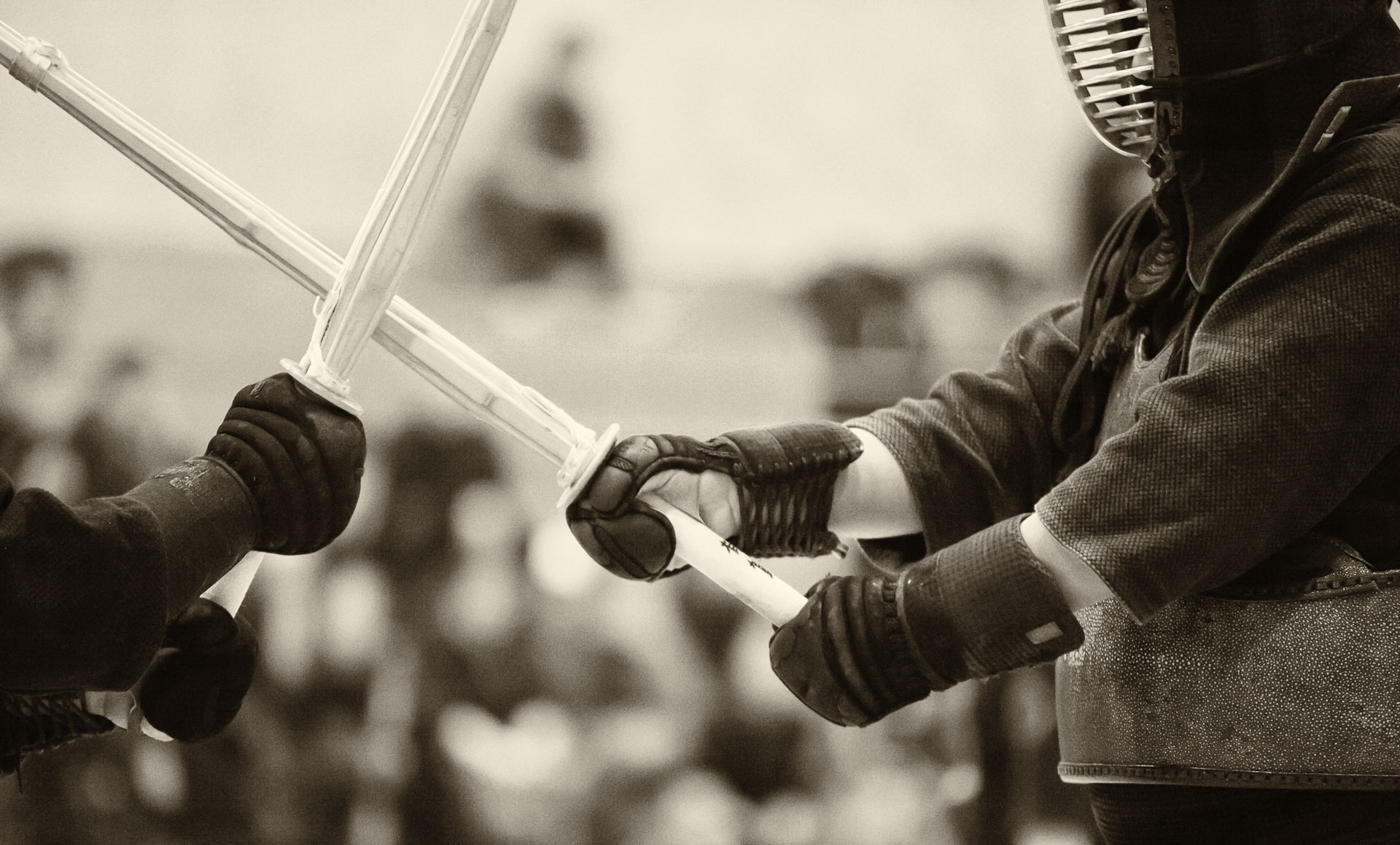
I like Rick Steves’ travel guides for high-level vacation planning – an overview of must-see sites in a country that can be realistically visited in a given amount of time. He often mentions, that any country is like a good novel – best enjoyed when visited for the second time. I think this two-stage approach works well for many aspects of photography – planning, shooting, processing, etc.
for high-level vacation planning – an overview of must-see sites in a country that can be realistically visited in a given amount of time. He often mentions, that any country is like a good novel – best enjoyed when visited for the second time. I think this two-stage approach works well for many aspects of photography – planning, shooting, processing, etc.
During the initial stage of a portrait photo shoot, for example, assuming that there would be another chance to re-visit certain aspects, explore additional angles, poses, lighting arrangements, etc. removes the stress of having to accomplish everything perfectly at the first try. This allows me to spend more time on details of the individual shots and on obtaining feedback from other people, who are involved in the shoot (photographers, models, assistants).
The second stage of the shoot, which I really takes place after a break, is where the most unexpected and interested photos are taken. Both the models and the photographers relax, knowing that the must-have images have already been captured. The resulting openness and ease in the interaction between them gives the the portraits from the follow-up session a subtle but important sense of realism and authenticity.

 Neil Strauss, who interviewed many celebrities for the Rolling Stone
Neil Strauss, who interviewed many celebrities for the Rolling Stone , and is known for his book “The Game
, and is known for his book “The Game ” about pickup artists, mentioned that he liked conducting the interviews in two stages, because people tend open up during the second take. I think that a two-stage interaction is not a technique to manipulate people, but simply a way to work with the fact that developing any meaningful relationship or collaboration is a process that takes time. More generally, it applies to learning, which involved developing a connection with the subject.
” about pickup artists, mentioned that he liked conducting the interviews in two stages, because people tend open up during the second take. I think that a two-stage interaction is not a technique to manipulate people, but simply a way to work with the fact that developing any meaningful relationship or collaboration is a process that takes time. More generally, it applies to learning, which involved developing a connection with the subject.


Timing is an important aspect in Japanese calligraphy (shodo) and martial arts such as kendo. In the latter case, it is, perhaps, not surprising. In calligraphy also, I found that timing of individual brushstrokes is so important that learning the technique from the books, without a teacher, is nearly impossible.


























